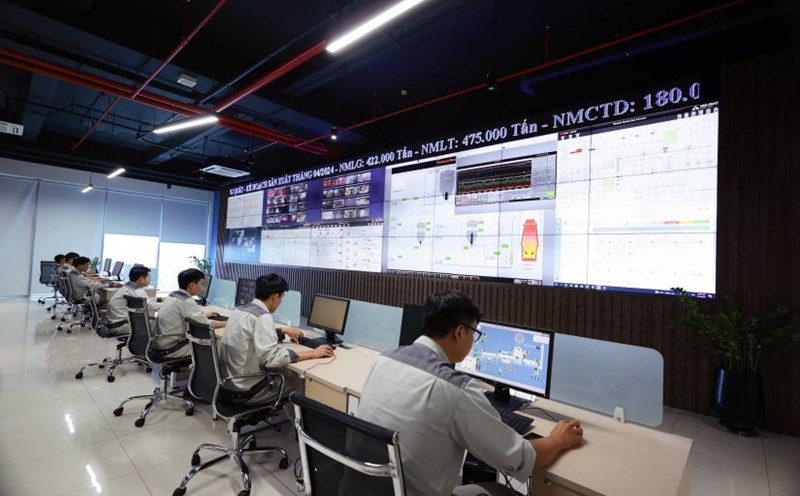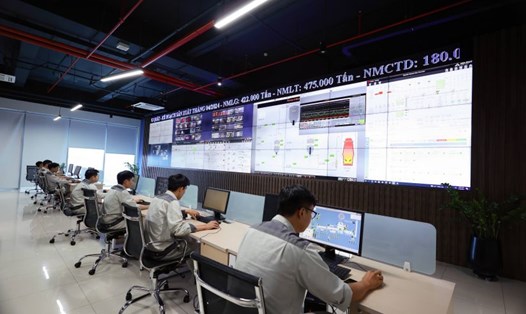At the National Assembly's group discussion session on the morning of October 31, General Secretary To Lam was very frank and resolute when mentioning the current state of operations of the civil service apparatus at all levels as well as the need to continue streamlining the apparatus.
Of course, General Secretary To Lam is not the first leader to mention this issue, but has been “requested by the Central Committee for several terms”. And in reality, the reduction of staff has been implemented by authorities at all levels for many years now.
However, as assessed by the Central Committee, the current apparatus is still cumbersome, ineffective and inefficient, and is hindering development, so it needs to be streamlined and streamlined.
The fact that the apparatus is cumbersome and operates ineffectively and inefficiently, leading to many consequences, was demonstrated by General Secretary To Lam with many vivid, detailed and pressing examples.
For example, for a birth certificate, 5-6 agencies must participate, causing people to spend a week to 10 days to complete. Or the recent issue of sand, rock, and gravel, where 5-6 ministries focused on researching it, but no one knew who was in charge.
Another consequence is that currently, the State budget has to spend nearly 70% to "feed each other" and regular expenses, serving activities. And if the budget continues to be managed like this, there will be no money left for investment and development.
The Central Committee is determined to consider the upcoming streamlining of the apparatus as “a revolution”. However, for this “revolution” to be as successful as expected, many difficult problems must be solved soon.
First, we must increase labor productivity to reduce working hours and reduce the number of people doing the same job, like the example of a birth certificate where 5-6 agencies participate but no one is primarily responsible.
This is also the goal that this term has set but has not been achieved because it depends on too many factors from labor skills, digital transformation, application of science and technology in production, changing management methods...
Next is how to make all parts of the system have a common perception that streamlining the apparatus and increasing labor productivity is inevitable and the only way to increase wages and develop the country with the goal of Vietnam being a developed, high-income country by 2045.
And reducing staff and streamlining the apparatus is a common matter for all of us, not just the Central Organizing Committee, the Ministry of Home Affairs or the agencies.
Finally, the key and most important thing is how to "streamline" the thoughts and thinking in the heads of each civil servant, so that no one has to "oppose" digital transformation because "if we do digital transformation, we will lose our jobs".
It is worth noting that this is not the current mindset at the ward and commune level, but is currently quite common at many administrative levels, including central ministries and branches.
The mindset of "opposing" digital transformation for fear of losing jobs is the biggest barrier to streamlining the apparatus!












